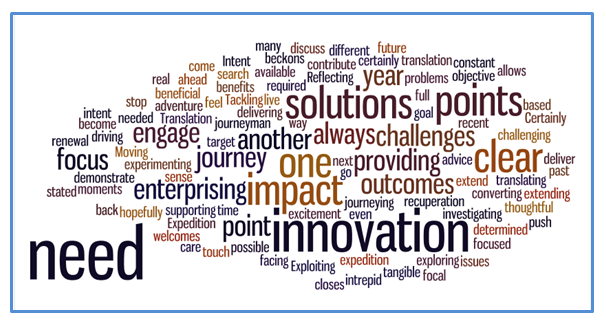So who has not faced one of those moments when it is announced that there is a reorganization about to take place. It often has the habit of freezing what you are doing; you begin to put things on hold, waiting to understand what this latest reorganization has in store for you.
The questions build up in your mind, it starts to block you. Creativity begins to be lost. Certainty suddenly gets replaced by growing degrees of uncertainty, as rumours begin to feed rumours.
Management has simply stopped innovation in its tracks, until they unfreeze it with the new organization, as long as it makes sense. If it is clear and logical then its effect is not as disruptive as it might have been initially feared, innovation can return quickly. If not and when it is badly described, planned for, executed then it’s a different story.
Equally when reorganizations are allowed to extend over those sometimes intractable time periods, dreamed up to ease the pain, you can say goodbye to innovation for weeks, months, even years. You actually might even never get your ‘innovation mojo’ back again. Continue reading “Reorganized, delayered and downsized – goodbye trust it arrives fast.”
